
Pest Library
Your Guide To Turks & Caicos Pest Identification
Each pest that invades your property brings with it a unique set of problems. Knowing what you’re dealing with and how to deal with it is imperative. Our pest library can help! Highlighting the most common pests in our Turks and Caicos Islands service area, this guide provides information on what they look like, the problems they cause, and how to get rid of them.
Ants
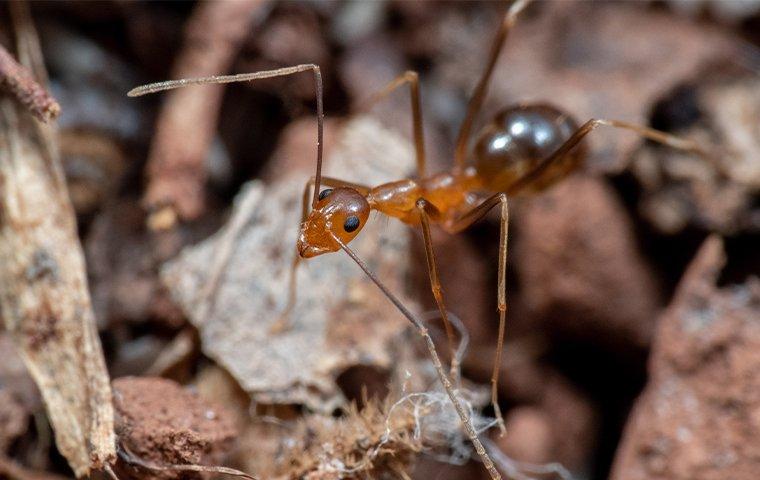
One of the most common pests to find their way indoors is the ant. Ants are social insects that live together in large groups, with a single colony having multiple nests; this makes controlling these pests challenging. You can easily recognize ants by their three distinct body regions: a narrow waist, six legs, and a pair of bent antennae. The reproductive members have wings. Outside and away from people and our properties, ants are useful as they feed on other insects and even the decomposing tissue from carrion. It is only when these ants invade our homes and businesses that they become pests, and you need to take steps to eliminate and control them.
Ants are omnivores and feed on a wide variety of foods including sweets, proteins, and carbohydrates. Foraging for food is the main reason they find their way into homes. After ants discover a new source of food, they leave pheromones to mark a trail from the food to the nest, helping other colony members find the food. Some of the most common species of ants living in our area are odorous house ants, crazy ants, and carpenter ants. Odorous house ants and crazy ants are both examples of nuisance ants. They are annoying to deal with and contaminate food but pose no real danger to people or property. The carpenter ant is an example of a dangerous ant. If they get into your property while foraging for food, they may decide to stay and tunnel through structural wood to create satellite nests and expand their colony.
Ant Prevention Tips: The best way to avoid problems with ants is to make your property as unattractive as possible to them. Outside, remove food sources by making sure outdoor trash cans and compost bins have tight-fitting lids. Pick up uneaten pet food and clean up fallen fruits and vegetables from garden areas. Keep outdoor eating areas free of food debris. To stop ants from having easy access to your house, cut shrubbery and tree branches away from your home, and leave an 18-inch barrier between any mulch or grass and your foundation. Eliminate entry points by sealing cracks in the foundation, placing weatherstripping around windows and doors, and fixing gaps along the roofline. Moisture attracts many species of ants; use dehumidifiers to keep basements dry, make sure gutters are working to direct water away from your foundation, and fix leaky pipes, and call the pros for a comprehensive ant service treatment in your home.
Bed Bugs
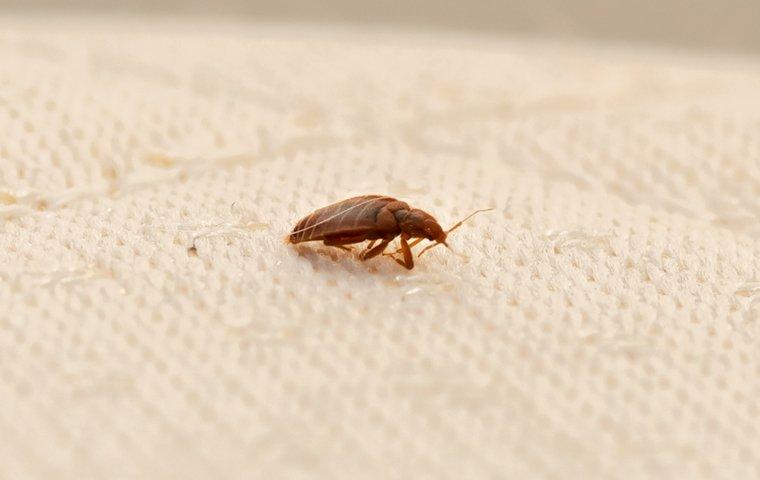
After making a comeback in the 1990s, the once almost-extinct bed bug is now a pest found living in large numbers across the entire country. Bed bugs are wingless and move from place to place by hitchhiking. One reason for their comeback is that the ease and affordability of domestic and international travel have made it simple for these parasitic pests to move into new homes and businesses. Adult bed bugs are about 1/4 of an inch long and have broad, flat, oval-shaped bodies that are reddish-brown to a deep purplish-red, depending on when they’ve had their most recent meal. In the case of a large infestation, they emit a noticeable odor.
Bed bugs get into homes most often when a person accidentally comes into contact with them in places like hotels, libraries, movie theaters, hospitals, shopping centers, schools, airports, or office buildings. They crawl onto clothing or personal belongings, eventually finding their way into a new home. Bed bugs are so called because they tend to hide in sleeping areas during the day and emerge at night to feed on the blood of their sleeping hosts – with people being their favorite food source. While a bed bug infestation typically starts in sleeping areas, bed bugs will move throughout a structure infesting multiple rooms as the infestation grows. Bed bugs also get into homes inside used box springs, mattresses, and furniture infested with adults, nymphs, or eggs.
Bed Bug Prevention Tips: Avoiding bed bugs is tricky, but the following tips will help you reduce your chances of introducing these blood-feeding pests into your home. Always keep personal belongings up off of the ground and away from other people’s belongings when in public places. Wash and dry all newly purchased clothing or clothes taken on a trip immediately after returning, using the highest heat setting the fabrics can handle. To limit hiding spots in your home, limit clutter and place protective bed bug covers on all mattresses and box springs. Regularly vacuum your house to pick up stray bed bugs. We offer a comprehensive bed bug treatment to make sure that your home is free of these pests.
Cockroaches
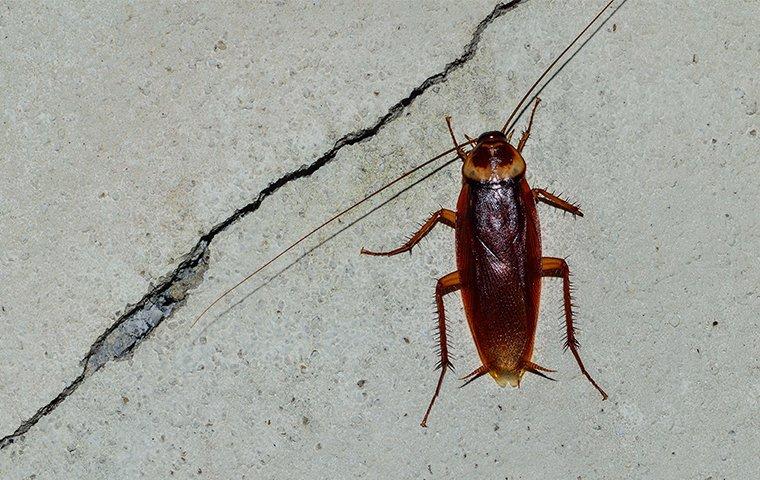
Cockroaches are prolific pests that live throughout the world. Outside and away from people, cockroaches are beneficial by feeding on decaying organic materials and returning nutrients to the soil. However, roach species that live near people are less than useful and are, in fact, dangerous. These insects carry a large number of viruses, bacteria, and parasites on their bodies, legs, and in their feces. As they grow, they shed their skins, and as they move about your home, leave behind piles of excrement, both of which trigger allergic reactions and asthma attacks, especially in young children.
Cockroaches are medium to large size insects. They have oval-shaped bodies, long antennae, and six legs covered in spines. Two of the most common species of cockroaches that invade homes and businesses in our area are the German cockroach and American cockroach. The German cockroach is a small species that prefers to live indoors and is a major pest inside of homes, restaurants, and other places that store food. American cockroaches are large and prefer to live outside. They will, however, move indoors while foraging for food or trying to escape unsuitable weather conditions. Inside, cockroaches hide in damp, dark areas like basements, bathrooms, kitchens, and storage areas such as cabinets and under sinks.
Cockroach Prevention Tips: In order to keep cockroaches out of your home, it is important to find and seal any entry points. Inspect drains and vents leading into your property, and look for cracks in the foundation, exterior walls, and along the roofline. Remove food sources by keeping lids on outdoor trashcans and compost bins, pick up uneaten pet food, and store all food in the fridge or containers with covers. Make sure to wash dishes, wipe down counters, and vacuum your floors daily.
Mosquitoes
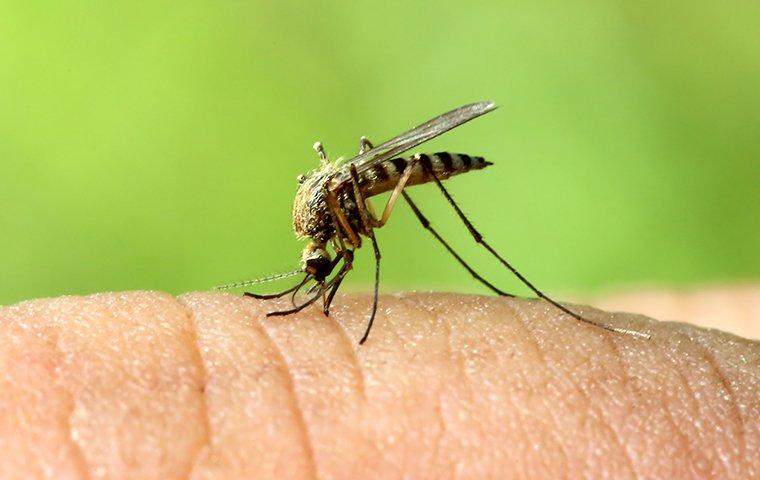
Mosquitoes are part of the fly family and have a similar appearance. Adults mosquitoes vary by species in size and color. Their bodies are narrow and they have thin legs, one pair of wings, and long mouthparts (proboscises) that they use for feeding. Their larvae live in areas of standing water and have large heads and a worm-like appearance. Larvae move throughout the water by wiggling, giving them their common name of “wrigglers.”
Feeding on the blood of a variety of animal and human hosts, mosquitoes potentially contract and spread a wide range of diseases and parasites in Turks and Caicos that can make people very ill. Only the female mosquito has blood meals because they require the protein to produce eggs. Females lay their eggs in areas of standing water. Properties with or near areas of standing water tend to have problems with large populations of mosquitoes. Most species are active at dawn and dusk, and hide in areas of dense or tall vegetation like shrubs, trees, and grass during the heat of the day. potentially contract and spread a wide range of diseases and parasites in Turks and Caicos that can make people very ill. Only the female mosquito has blood meals because they require the protein to produce eggs. Females lay their eggs in areas of standing water. Properties with or near areas of standing water tend to have problems with large populations of mosquitoes. Most species are active at dawn and dusk, and hide in areas of dense or tall vegetation like shrubs, trees, and grass during the heat of the day.
Mosquito Prevention Tips: The main attractant to a property for mosquitoes is standing water. Remove standing water by keeping your gutters and downspouts clear of debris, storing containers that collect water upside down, and shaking off the water that collects on tarps and trash can lids. Fill in low-lying areas around your property that collect rainwater. Other steps you can take to reduce mosquitoes include keeping the grass cut short, cutting back overgrown vegetation, and limiting the amount of flowering vegetation planted on your property. Our complete mosquito treatment can help your home or business in your mosquito control needs.
Rodents
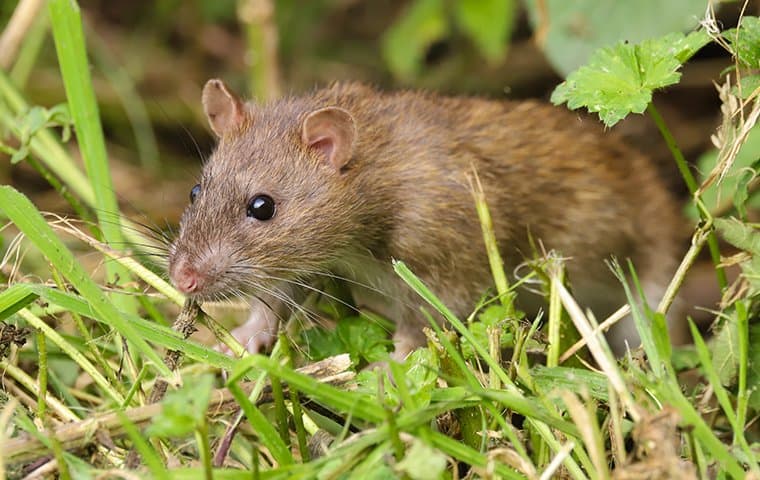
House mice, roof rats, and Norway rats are all types of commensal rodents – meaning they want to share our table. Rodents are wild animals but, as our habitats have merged, they have come to rely on people for some of the basic needs. Rodents take advantage of food, water, and the shelter our properties provide them. Once in our yards, they can quickly find their way into our homes. Rodents are problematic pests that contaminate food, spread disease, and damage property.
Rodents are all characterized by a single pair of front incisors in their upper and lower jaws that continuously grow. Rodents are a problem in urban, rural, and suburban areas. Things that mice and rats find attractive include open containers of garbage, compost piles, gardens, tall grass, bird feeders, fruit trees, dense vegetation, outdoor eating areas, and pet food. Once on your property, it’s only a matter of time before they make their way into your house to take advantage of the safe, temperature-controlled shelter that is close to food sources. Indoors, rodents take up residence in wall voids, attics, under floors, and behind appliances.
Rodent Prevention Tips: The best prevention against rodents is to repair the areas in and around your home that may allow them access inside. Seal any openings in the foundation, exterior walls, and along the roofline. Install mesh covers over vents and caps on chimneys. It is also important to remove their access to food and water. Keep tight-fitting lids on outdoor trash cans and compost bins and pick up uneaten pet food at night. Make sure any food in your home is in containers with lids or the refrigerator. Let us help you with keeping rodents out of your home or business.
Termites
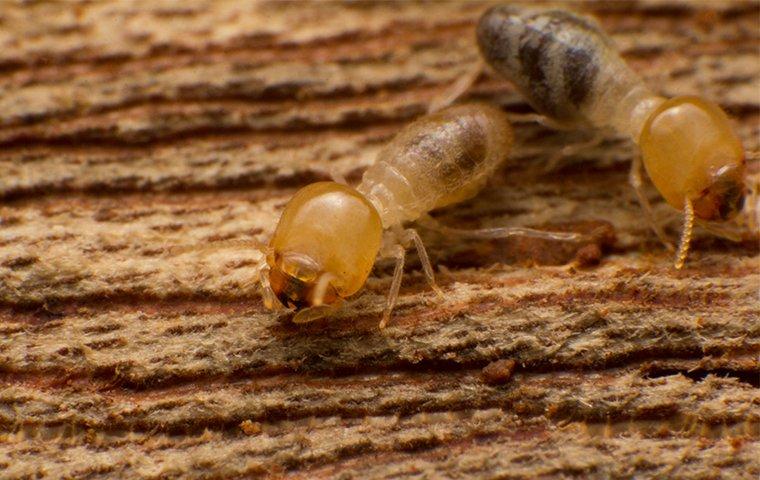
Feeding on cellulose found in wood and plants, termites help to break down decaying matter. However, termites don’t stay outside; they often find their way into homes and other buildings while out foraging for food. They enter inside through spaces in the foundation or wood that makes direct contact with the soil. Once inside, they move into structural wood – tunneling through and excavating it to feed their massive colonies. Over time, this causes significant structural damage. In our area, the subterranean termite is the most common species. As their name suggests, these termites nest under the ground traveling back and forth from their nest to a food source each day. Subterranean termites do not nest in the wood they are feeding on.
Termites are social insects that divide the members of their colony into different groups, or castes: workers, reproductives, and soldiers. Workers make up the bulk of the colony. They have soft, white bodies, are blind, and wingless. The soldiers are similar to the workers except they are a bit larger and have elongated heads, strong jaws, and shorter legs. The reproductives are the biggest and are brownish-black. They are the only winged members of the colony. Termites have high moisture needs and travel back and forth from their food source to nest each day through the ground or through mud tubes they have created. Termites are secretive insects and they can work unnoticed for months or even years before they, or the damage they’ve caused, is found.
Termite Prevention Tips: Preventing termites from finding their way into your home is vital because their destruction is expensive to repair, and most homeowners insurance does not cover the repair costs. The best way to prevent termites is to reduce moisture levels in and around your property and seal openings in its exterior. You should run dehumidifiers or air-conditioners, make sure that gutters are flowing freely, fix any leaky pipes or fixtures, and replace any wood in your home damaged by water. Another helpful termite prevention tip is to limit the amount of wood-to-soil contact on your home or business.
We offer complete home pest control as well as thorough commercial pest control to help you protect your properties from any of the pests living in our area. Reach out to us today for your pest control needs!



